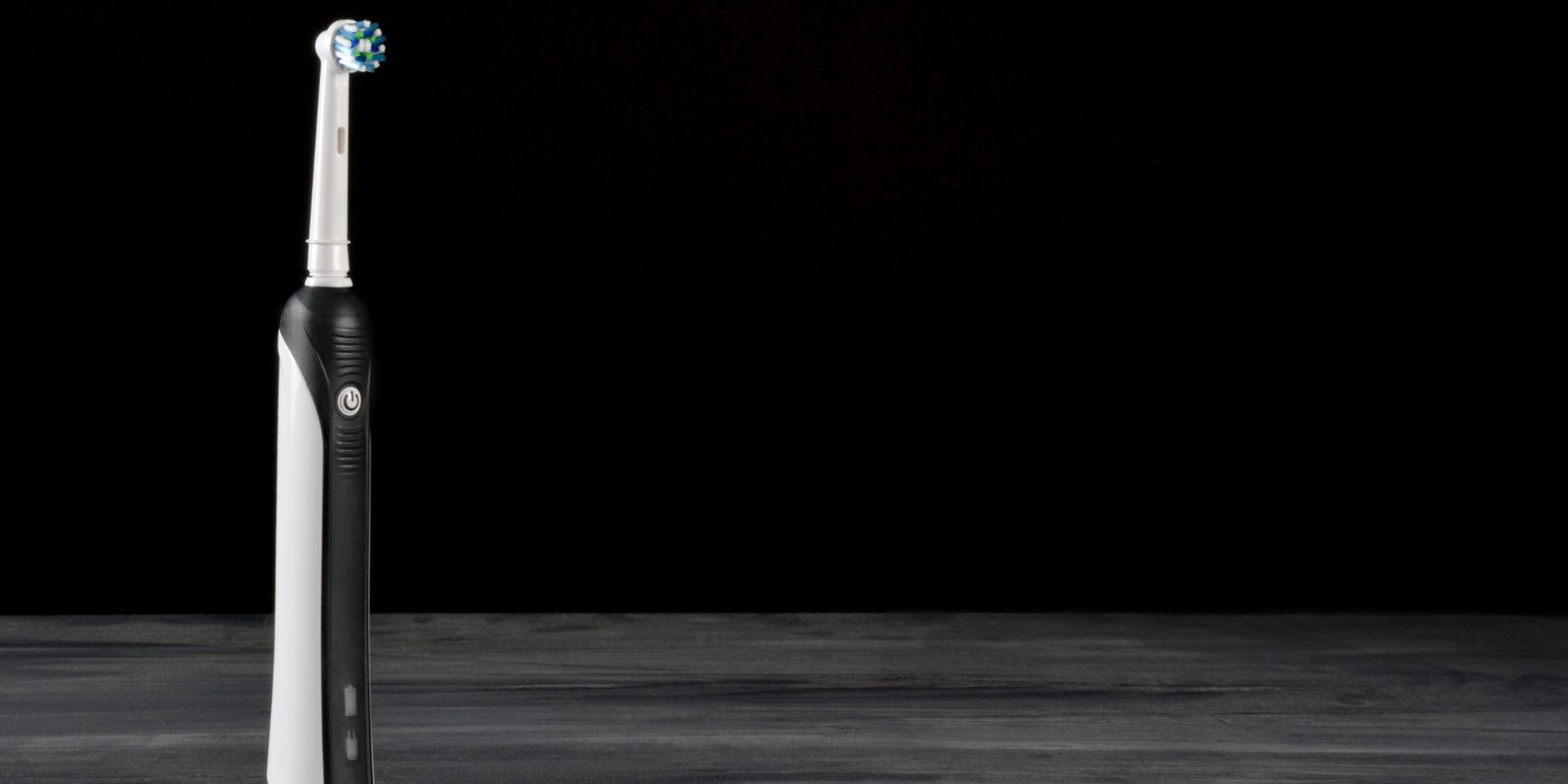Electric toothbrushes are a staple in modern oral hygiene. Let's delve into how these devices function, from their parts to their operation and effectiveness.
Parts of an Electric Toothbrush
Outer Case
The outer case is typically made of durable plastic, designed to be water-resistant and easy to grip.
Motor
The motor is the core component that powers the brush head's movement – either back-and-forth or circular.
Battery
Most electric toothbrushes are powered by rechargeable batteries, which provide the necessary energy to the motor.
Circuit Board
The circuit board controls the toothbrush's various functions, like speed settings and timers.
Pressure Sensor
Some advanced models include a pressure sensor to alert the user if they are brushing too hard.
Removable Brush Head
The brush head, which should be replaced regularly, is designed to move in specific patterns for effective cleaning.
How do Electric Brushes Clean Your Teeth?
Electric toothbrushes clean teeth more effectively than manual brushes by providing consistent motion, which helps remove plaque and stimulate the gums.
How to Use an Electric Toothbrush Effectively
Keep It Charged
Ensure your toothbrush is always charged to maintain its effectiveness.
Brush for 2 Minutes
Most electric toothbrushes have a built-in timer to help you brush for the recommended two minutes.
Regularly Replace the Electric Toothbrush Head
Changing the brush head every three months or when bristles are frayed is vital for effective cleaning.
How Does an Electric Toothbrush Charger Work?
Electric toothbrush chargers typically use inductive charging. When the toothbrush is placed on the charging base, an electromagnetic field transfers energy from the base to the toothbrush's battery.
Electric Toothbrushes vs Manual Toothbrushes
Electric Toothbrush
Pros:
More effective in removing plaque
Easier for people with limited hand mobility
Often have built-in timers and pressure sensors
Cons:
More expensive than manual toothbrushes
Need to be recharged
Heavier and bulkier
Manual Toothbrush
Pros:
Inexpensive
Simple to use
No need for charging
Cons:
Less effective at removing plaque
Can be difficult for some people to use it effectively
No built-in timers or sensors
How to Clean an Electric Toothbrush
Maintaining the cleanliness of your electric toothbrush is as crucial as using it properly. A clean toothbrush ensures effective cleaning and good oral hygiene. Here are the steps to clean your electric toothbrush:
After Each Use: Rinse the brush head thoroughly under running water. This removes any remaining toothpaste and debris. Shake off excess water and store upright to air dry.
Weekly Deep Cleaning: Once a week, detach the brush head and handle. Clean the handle with a damp cloth and mild soap. For the brush head, soak it in antibacterial mouthwash or a mixture of water and vinegar for a few minutes. This helps to disinfect and remove any lingering bacteria.
Dry Completely: Let both the handle and the brush head dry completely before reassembling. This prevents mold and bacteria growth.
Replace the Brush Head Regularly: Despite regular cleaning, it's important to replace the brush head every three months or sooner if the bristles are visibly frayed. Over time, bristles lose their effectiveness, and worn-out bristles can harbor more bacteria.
Handle with Care: Avoid dropping your electric toothbrush as this can damage the bristles and the internal components.
Sum Up
Electric toothbrushes offer a more advanced, efficient way to clean teeth and maintain oral health. Understanding their components, how they work, and how they compare to manual toothbrushes can help you make an informed choice about your dental care routine. Remember, whether you choose an electric or manual toothbrush, the key to good oral health is consistent and proper brushing.


